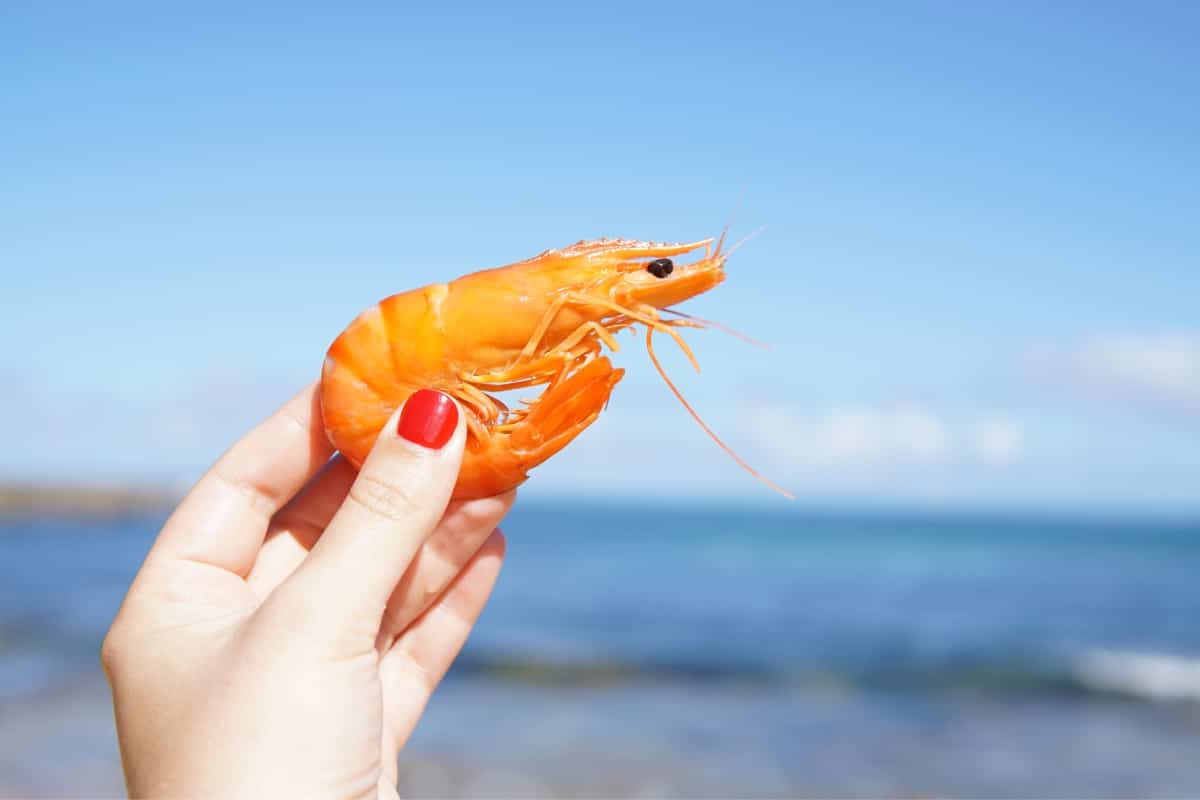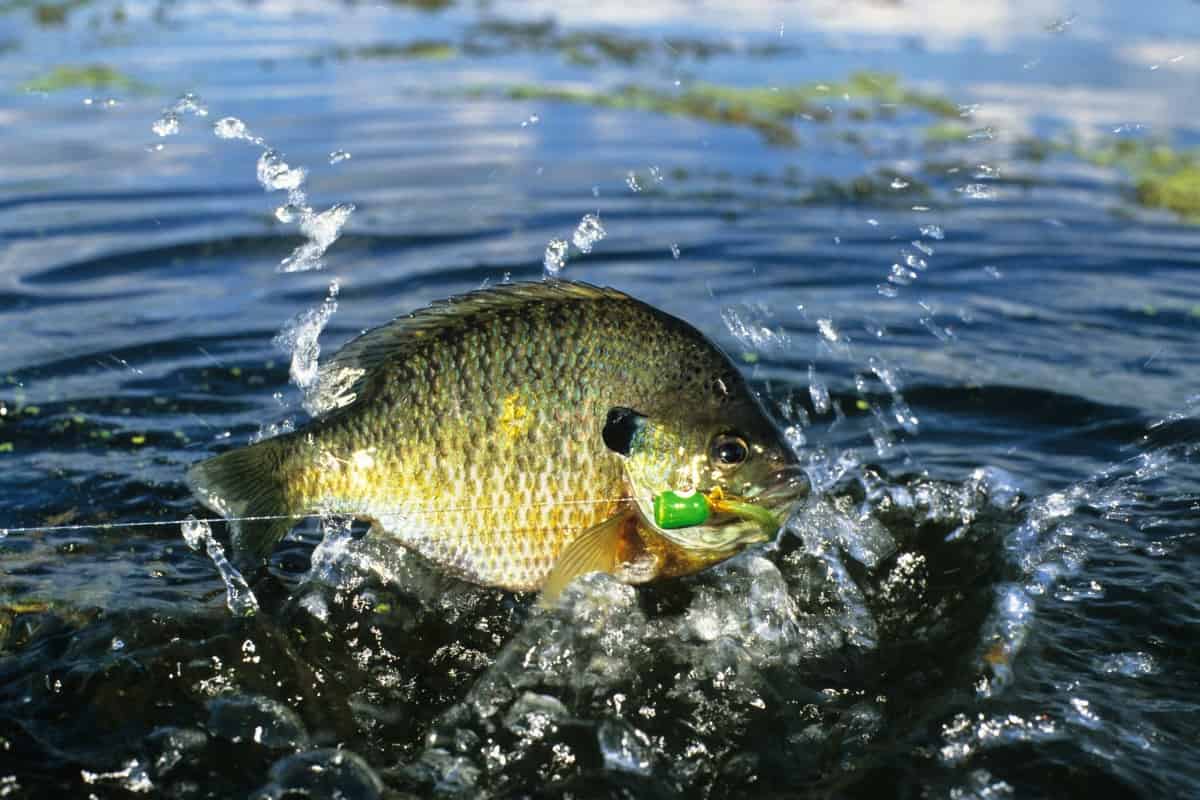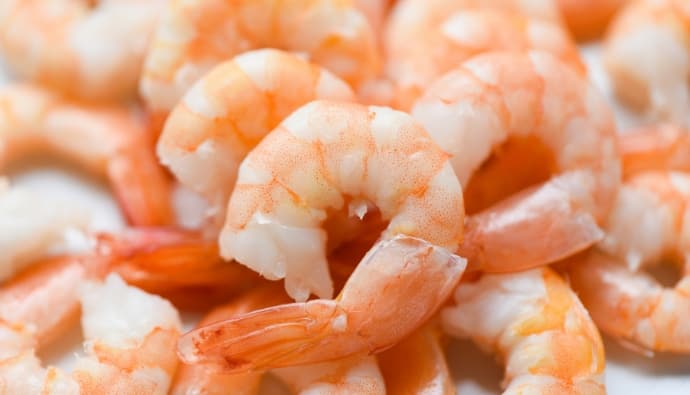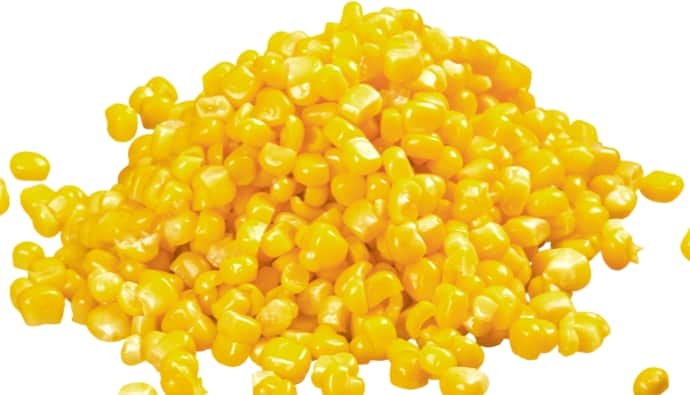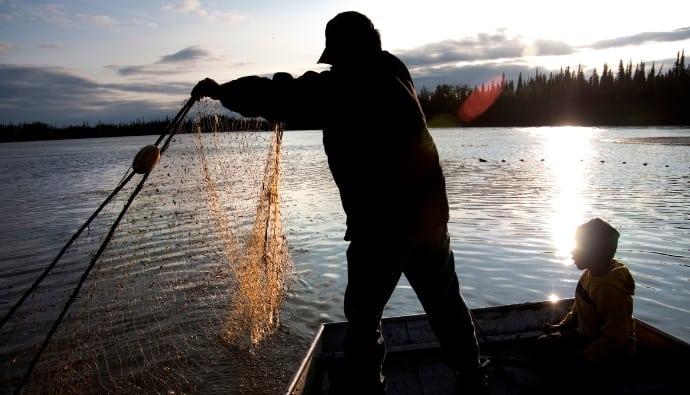A wide variety of saltwater live bait is available at bait shops and tackle stores. While shrimp and crab are often touted as some of the most successful beats for redfish, trout, and flounder, the mud minnow is often overlooked.
These bottom swimming minnows are easily found in bait stores and can be caught in the shallows with a cast net, making them semi-popular bait. However, these minnows are often rigged incorrectly, minimizing their effectiveness and limiting them to a singular part of the water column.
In this article, we cover how to rig mud minnows, when to use them, where to find them, and so much more.

How to Rig a Mud Minnow
Because mud minnows are bottom feeders, they are most often on the rig, such as Caroline or Texas rigs.
Rigs such as these force the mud minnows to be hooked and settled in the lower aspect of the water column, floating just above the bottom. While this is an excellent technique for a variety of baits, it is not necessarily the optimal choice for mud minnows.
By placing mud minnows in the middle of the water column, they will make a strong attempt to reach the bottom, creating a disturbance in the water and attracting predatory fish.
This can be accomplished by the utilization of a cork or bobber to suspend the hooked mud minnow in the midst of the water column without allowing them to swim off. The stock minnow then becomes a prime target for trout, redfish, and flounder looking to make an easy meal out of a wounded fish.
When rigging a mud minnow to be in the middle of the water column, the intent is to keep the bait 6 to 8 inches from the bottom so that they continue to attempt to swim down to safety.
There are two effective ways to go about this. The first is a slip float rig, and the second is a clamping float rig.
A clamping float rig works best between 1 to 3 feet of water, while the slip float rig works best at three or more feet of water. Both of these rigs require the following:
- #2 Circle Hooks
- Split shot Weights
- Bobbers/Floats
- Bobber stop
- Monocarbon Leader
Note: For the slip float, a lighter leader should be used, while the clamping float requires a heavier leader.
Shallow water dictates that the clamping float rig be used to maximize the effectiveness of the mud minnows’ attempts to reach the bottom.
The Setups
Clamp Float
1. Take 5 feet of the leader line, and affix it to the main line (braid or mono) utilizing a secure knot (not a snap swivel).
2. Attach the number to the circle hook to the leader’s end.
3. Attach the split shot around 3 inches above where the hook is tied.
4. Place the clamping float one to 3 feet above the hook. This is entirely dependent upon the depth of the water, so be sure it’s the correct length to ensure the mud minnow is 6 to 8 inches above the bottom.
5. Hook the fish by threading the barb beneath the chin and through the top of its mouth so that it comes out between but slightly before the eyes.
The secret to the success of this rig is understanding the depth of the water you are angling in. It’s imperative to ensure that the minnows are no more than 6 to 8 inches above the bottom to maximize the potential of a strike.
Slip Float
In 3 to 12 feet of water, a slip float rig works best. This is particularly effective in river bends or deep offshoots. This rig is easily adjustable, allowing anglers to play with the depths and cast it for distance.
How to tie the slip float
1. Secure 12 feet of the model carbon leader to the main line (braid or monofilament) via a secure knot. (No snap swivels)
2. Cinch the barber and stop onto the leader.
3. The beads that come with the bobber stop should be slipped on beneath.
4. The barber should be slid up under the bead and ensure that the weighted side is facing down.
5. Fix the number to circle hook to the end of the line with the secure knot.
6. 4 to 5 inches above the hook, add a split shot.
7. Hook the mud minnow beneath the chin so that the hook will appear between but slightly beneath the eyes.
Note: When adjusting the rig’s depth, simply slide the bobber stop to the desired depth.
Carolina Rig
Though cork fishing with a mud minnow suspended in the water column is incredibly effective, there is no denying that Carolina and Texas rigs work well with this bait.
These bottom-centric rigs work by affixing the fish to a central location but allowing them to move with the current or along the bottom to attract attention. This setup is especially effective for flounder, redfish, and even catfish.
Do the following steps to rig a Carolina rig with a mud minnow.
1. Tie a snap swivel onto an 8″ -12″ long piece of leader (Mono carbon if done at home, pre-made often is some sort of wire.)
2. Slide the egg sinker onto the main braid or monofilament line.
3. Tie the number to a circle hook onto the end of the leader.
4. Tie the snap swivel affixed to the leader onto the main line.
5. Hook the middle through the bottom of his chin and have the barb protrude from the roof of its mouth.
Note: Many amateur anglers believe that the most secure way to hook a bait fish is beneath its spine, through the body. This is incorrect and immobilizes the fish from moving in a way that attracts predators. You want the fish to swim around in distress, not be paralyzed.
What are mud minnows good for?
Mud minnows are incredibly effective saltwater bait. These thick, bullet-shaped bait fish have been found to be extremely successful angling for trout, redfish, flounder, catfish, and drum on occasion.
Though most often angled from the bottom, these baits can be incredibly successful in the middle of the water column angled beneath corks.
How big do mud minnows get?
Mud minnows are not large bait fish. They have been recorded growing to sizes of up to 7 inches. However, they are usually found to lengths between two and 4 inches.
Where do you find mud minnows?
There are two main ways mud minnows can be obtained for anglers to use as bait. The first is a bait shop or a charter service that sells bait. The second is obtaining them manually via trap or cast net.
Because mud minnows can be found in fresh to brackish water habitats such as wetlands, marshes, lakes, and streams, they are an incredibly popular bait source. They prefer burrowing into the bottom to avoid detection by predators, so they can often be hard to locate visually.
Anglers have the option of setting out a trap baited with items such as bacon or gulp power bait for several hours or utilizing a cast net. Wildcats that is the most proactive option; it does run the risk of snags or tears given the environment that mud minnows are so often found in.
The trap option allows anglers to go pursue other activities or methods of angling before returning to pick up their harvest.
How do you keep mud minnows alive?
Unlike the Mandalorian joke about bringing its quarry in dead or alive, mud minnows are of very little use dead.
While catfish and some drum may partake, the sought-after redfish, trout, and flounder will most likely ignore a dead mud minnow.
To keep mud minnows alive, anglers will need to place them in a bucket of water, preferably one that is aerated.
Changing the water is beneficial, as this can extend the longevity of the mud minnows by up to a week inside of a singular minnow bucket.
How to use mud minnows as bait?
Mud minnows may be used as bait from both a cork and a bottom rig. These fish draw attention as bait due to their attempt to return back to the mud but are affixed to a single place.
Their movement creates a disturbance in the water, and predatory fish are attracted to their distress.
- Anglers looking to fish mud minnows from a cork should target cuts in marshes, drop-offs, and offshoots.
- Anglers looking to fish mud minnows from the bottom should target bends, large intersections, and open water near structures.
Mud minnows are an incredibly popular bait for saltwater anglers targeting redfish, flounder, and trout. They’re incredibly effective when fishing from the bottom, but they truly shine when suspended from a float or bobber 6 to 8 inches above the bottom.
These thick bullet-shaped fish can be caught by cast net or trap or purchased to be used as bait with a high chance of success.
As always, good luck, and stay safe out on the water.

 Facebook
Facebook YouTube
YouTube